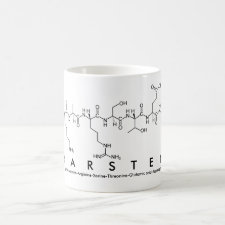
Authors: Fuchs Y, Soppera O, Haupt K
Article Title: Photopolymerization and photostructuring of molecularly imprinted polymers for sensor applications - A review.
Publication date: 2012
Journal: Analytica Chimica Acta
Volume: 717
Issue: (1)
Page numbers: 7-20.
DOI: 10.1016/j.aca.2011.12.026
Alternative URL: http://www.sciencedirect.com/science/article/pii/S0003267011016916
Abstract: Biosensors are already well established in modern analytical chemistry, and have become important tools for clinical diagnostics, environmental analysis, production monitoring, drug detection or screening. They are based on the specific molecular recognition of a target molecule by a biological receptor such as an antibody or an enzyme. Synthetic biomimetic receptors like molecularly imprinted polymers (MIPs) have been shown to be a potential alternative to biomolecules as recognition element for biosensing. Produced by a templating process at the molecular level, MIPs are capable of recognizing and binding target molecules with similar specificity and selectivity to their natural analogues. One of the main challenges in MIP sensor development is the miniaturization of MIP structures and their interfacing with the transducer or with a microchip. Photostructuring appears thereby as one of the most suitable methods for patterning MIPs at the micro and nano scale, directly on the transducer surface. In the present review, a general overview on MIPs in biosensing applications is given, and the photopolymerization and photopatterning of MIPs are particularly described
Template and target information: Review - MIPs by photopolymerization
Author keywords: Molecularly imprinted polymers, biomimetic sensors, Microchips, photopolymerization, Photostructuring



Join the Society for Molecular Imprinting

New items RSS feed
Sign-up for e-mail updates:
Choose between receiving an occasional newsletter or more frequent e-mail alerts.
Click here to go to the sign-up page.
Is your name elemental or peptidic? Enter your name and find out by clicking either of the buttons below!
Other products you may like:
 MIPdatabase
MIPdatabase









